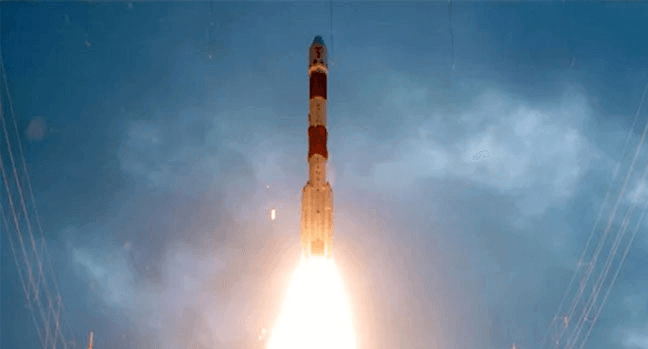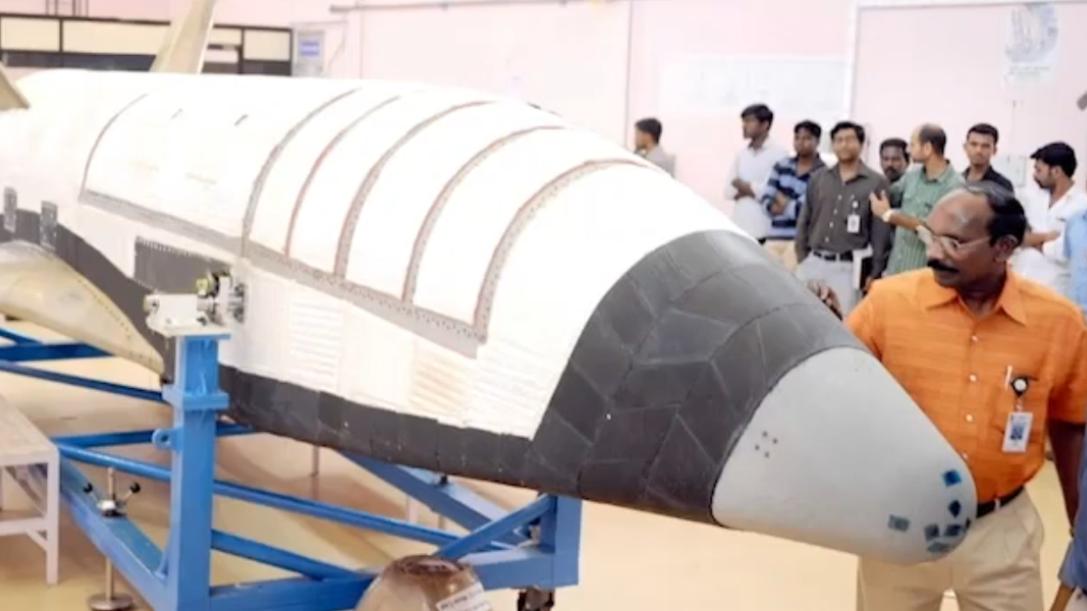Companies will be allowed to set up control centres outside India and use overseas space assets, says a draft of the policy, which will replace the existing Satcom Policy.

economictimes.indiatimes.com
(This story originally appeared in on Oct 22, 2020)
BENGALURU: Just weeks after deciding to open up the space sector, the department of space (DoS) has proposed to enable private Indian firms to not just use existing space assets for communication services, but also develop new systems, launch satellites and sell services to foreign customers under its Spacecom Policy-2020.
Companies will be allowed to set up control centres outside India and use overseas space assets, says a draft of the policy, which will replace the existing Satcom Policy. “The (new) policy will have everything the Satcom Policy has in terms of protection of our assets, creation of new assets, monitoring and operations. The major changes are to encourage the private sector and renew focus on enhancing national security capabilities,” K Sivan, secretary, DoS, told TOI.
The policy envisages measures to monitor and authorise use of space assets for communication to or from Indian territory.
The policy also lists steps to bring more assets under India’s control for enhancing ability to utilise space-based communication for national needs. “This is the rst step. Soon, we’ll have specic policies on launch vehicles, navigation, remote sensing, space exploration, human spaceight and a national space policy. These will propel India to the next level,” Sivan said.
The draft reads: “They can establish telemetry, tracking & command earth stations and satellite control centre in or outside India. They can oer the capacity to commercial and societal communications within India as well as outside India. They can also supply their systems and solutions to international markets.”
Firms can avail Indian and non-Indian orbital resources to establish systems for services within and outside India. Indian resources can be availed from designated entities under the department of space on a commercial basis, while foreign resources can be used following the new norms. Commenting on the draft policy, Tanveer Ahmed, CTO of space tech rm Digantara, said: “It’s a positive move clearing regulatory concerns and augmenting investor condence. We hope to see a quick, paperless application process.”
Rohan M Ganapathy, director, Bellatrix, said the onus is on the industry to expedite introduction of new technologies while Srinath Ravichandran, cofounder, Agnikul Cosmos, said the rm is looking forward to a boom in small satellite launches. The draft adds that satellite communication systems which can’t be addressed in an open-to-all commercial domain shall be brought into operation with the involvement of the government for sustainability.
Satcom programmes focused on societal development — tribal development, social empowerment, health, education and disaster management — will remain under the domain of the department of space.
“Such programmes exist to address specic objectives, and may not be commercially viable in nature,” the draft reads. In another development, the department of space last week signed an agreement with space PSU NewSpace India Limited, allowing the latter to further encourage the private sector. The MoU, Isro said, “will enable NSIL transfer technologies to the private industry”.













